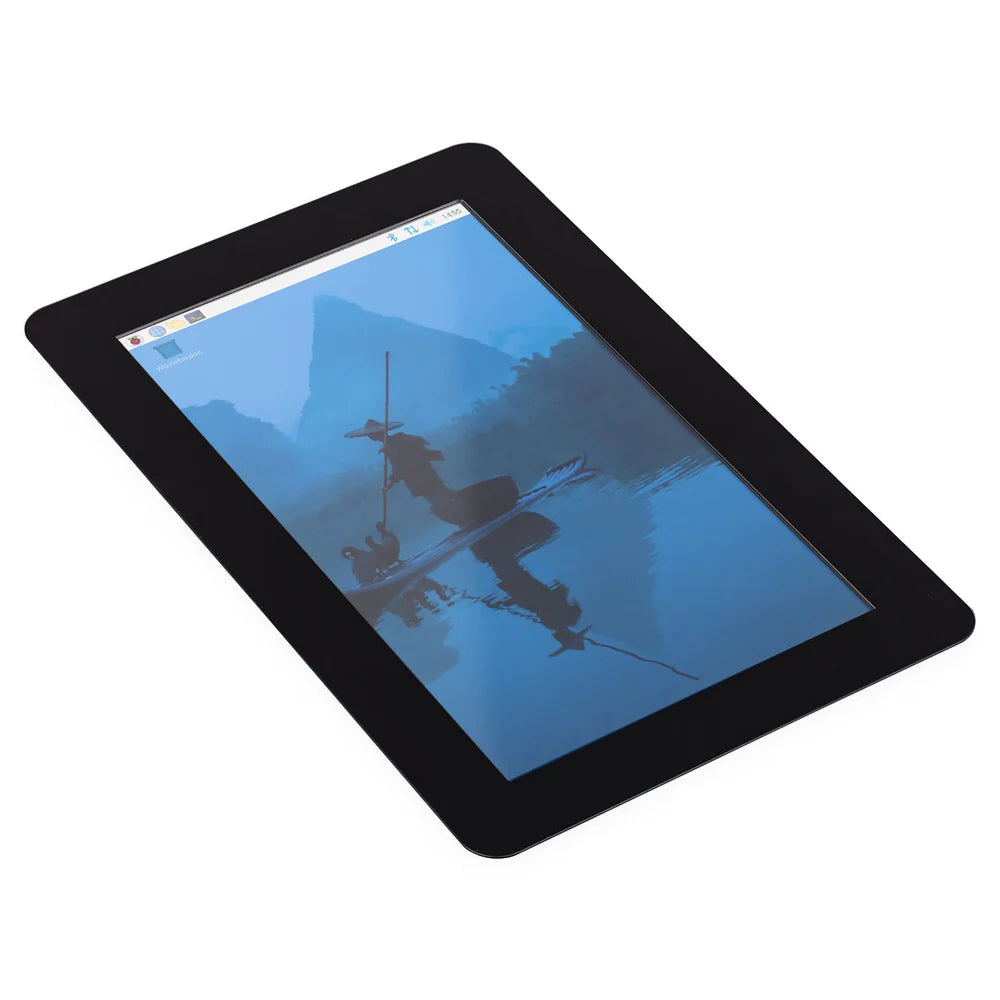Order for your organisation.
Learn how to place education orders with Little Bird.

Way back in 2015, the original Raspberry Pi Touch Display, a 7″ 800×480-pixel LCD launched, it quickly became one of the bestsellers, finding its way into a wide array of maker projects and embedded applications. Today, we’re thrilled to announce the arrival of its successor, the Raspberry Pi Touch Display 2, available now!! This new version boasts a higher resolution of 720×1280 pixels, a refined design, and a slimmer form factor.
Key Features of the Raspberry Pi Touch Display 2:
Setting up the Touch Display 2 is quick and easy. It attaches securely to your Raspberry Pi with four screws and includes both power and data cables compatible with standard and mini FPC connector formats. The integrated display driver PCB, built right into the display enclosure, streamlines the setup and reduces its footprint.
Raspberry Pi OS fully supports this display, allowing five-finger touch and an on-screen keyboard, so you can enjoy complete functionality without a physical keyboard or mouse. While it natively supports portrait orientation, the OS also allows screen rotation for landscape use.
We’re committed to long product availability, and the Touch Display 2 will remain in production until at least 2030, providing embedded and industrial users the confidence to build it into long-term applications. The original Touch Display will still be available, although we recommend the new model for new projects.
After nine years, we’re excited to bring you a refreshed, thoughtfully upgraded display, and we can’t wait to see the innovative ways you’ll put the Touch Display 2 to work in your own projects!
Leave a comment